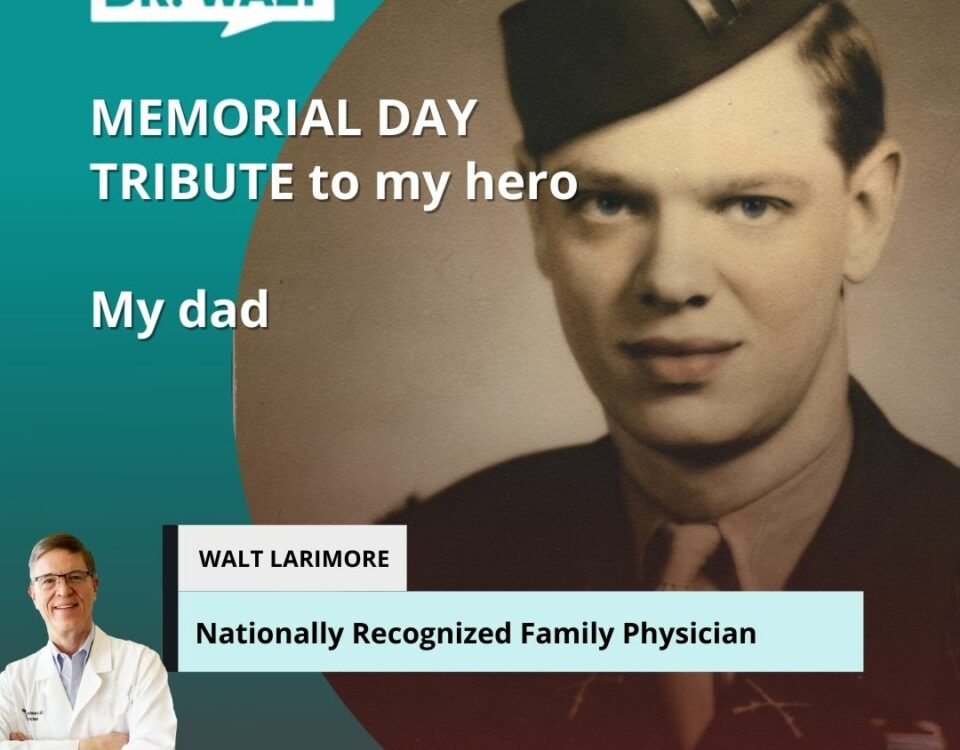
September 15, 1944 – The life expectancy of the front-line men was getting ready to plummet to 21 days
September 15, 2024
September 17, 1944 — In the Vosges Mountains every battle was difficult or deadly or both
September 17, 2024September 16, 1944 — US GIs now face an obstacle that no army in the history of modern warfare had ever overcome—an enemy defending the Vosges Mountains
As the drive advanced, the 30th Infantry Regiment continued moving to the north and northeast in France, fighting through and liberating village after village as the season turned to fall. The weather was beginning to get colder — the terrain more and more difficult — the casualties mounting day by day.[1]

Phil wrote this to his mother:[2]
We are still moving along over here, but we are getting an early fall, and I need a pair of leather gloves bad. Will you send them to me? I don’t need good ones, but heavy ones, please. France is a beautiful country. So much nicer than Italy. I don’t ever want to go back to that country if I don’t have to.
I write Marilyn, but I don’t hear from her very much. Can you call or write her for me? Still have been doing a lot of thinking about what I want to do after all this is over, and still can’t make up my mind as to what to do. But I hope soon to have made it up enough.
P.S. We’ve just learned that all of us who were in the D-Day convoy for the southern France landing have earned the Bronze Arrowhead.[3]
~~~~~
In less than two months, allies had raced nearly 400 miles, taken 89,000 German prisoners, and linked up with elements of Patton’s Third Army to finally complete the continuous line that Supreme Allied Commander Dwight Eisenhower called his “broad-front strategy”[4] that he believed was essential for the invasion of Germany.
Standing in the way were uncounted tens of thousands of German soldiers who’d retreated and dug into the Vosges, where they were ordered to halt the Allied advance into Germany at all costs.
Phil sensed that this would be his most important test yet.[5]
~~~~~
In late September 1944, the Vosges Mountains—a range of extremely rugged mountains in eastern France near the German border—lay ahead. The U.S. Seventh Army[6] was being asked to do what no army in the history of modern warfare had ever done before—conquer an enemy defending the Vosges Mountains.
The French Revolutionary armies gave it a try in the late 18th century, as did the Germans during the Franco-Prussian War from 1870–1871. The French and German troops resorted to trench fighting in the Vosges during the first and last days of World War I, and again in 1940.
Now it was America’s turn to give it a go against a dug-in foe that dramatically outnumbered them and was much more familiar with the terrain. In many ways, the Vosges Mountains was a make-or-break battlefield for the GIs.
Phil and his men would have to prove their mettle here — and he would almost lose his life here.[5]
~~~~~
[1] Larimore, At First Light, 144.
[2] The Bronze Arrowhead denoted participation in an amphibious assault landing, combat parachute jump, helicopter assault landing, or combat glider landing by a service member of the United States Army. This was the last time this award was given to amphibious troops in Europe in World War II.
[3] Handwritten V-mail. September 1944.
[4] The “broad-front strategy” was based upon a September 1944 decision by General Eisenhower to build up Allied forces along the Rhine throughout the whole length of the Western Front, from the North Sea to Switzerland, before launching a final drive into the heart of Germany.
[5] Larimore, At First Light, 144-145.
[6] The U.S. Seventh Army included VI Corps (with three American divisions: Dad’s 3rd, and the 36th and 45th), five French divisions, and the 1st Airborne Task Force. The 3rd Infantry Division included three Infantry Regiments: the 7th, 15th, and Dad’s 30th.
In case you haven’t read or listened to Dad’s book, you can learn more or order it here.
© Copyright WLL, INC. 2024.




